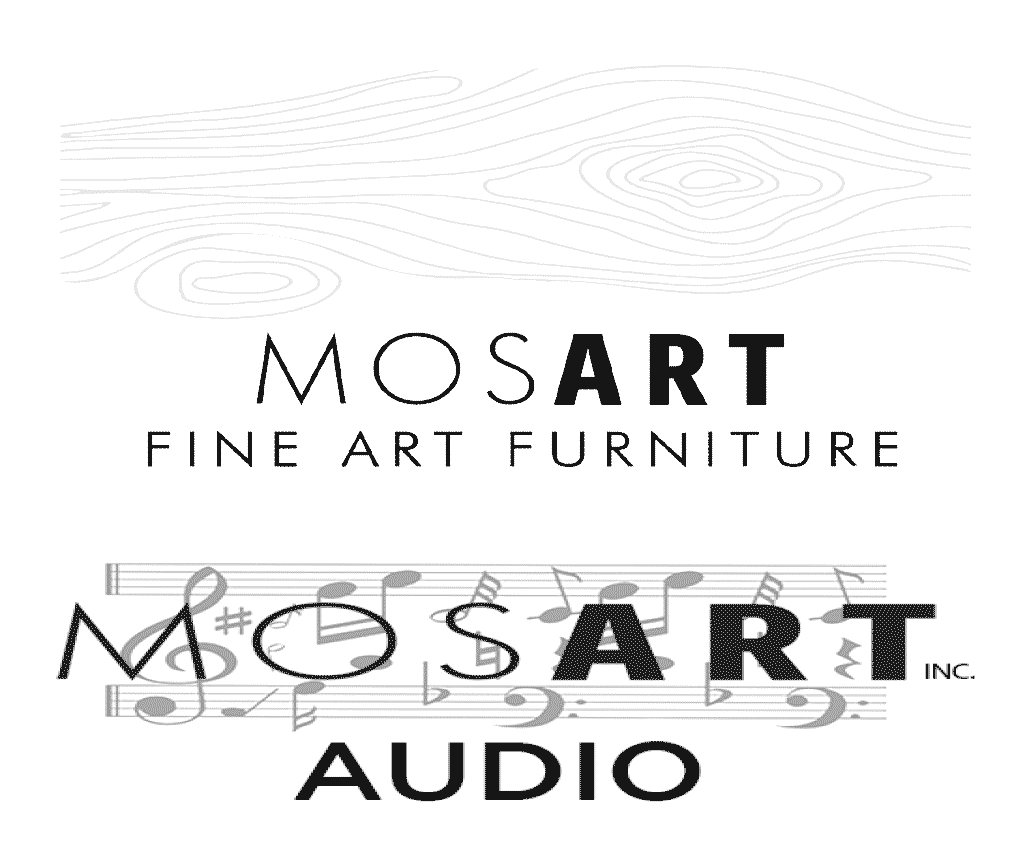
“This is what I am supposed to do.”
Meet Bruce Schuettinger
Artist
Bruce M. Schuettinger trained in the collegiate fine art community where he studied design, craft, and art history culminating in his graduation with honors in fine art from Towson State University in 1978. In 1978 he won the best of show in sculpture for his chair entitled “Lounge Chair 1” in the Student Senior Show. His influences at the time were the works of Jack Rodger Hopkins, Wendell Castle, George Nakashima, James Krenov, Marcel Breuer and the Bauhaus School. As well as the works of Green and Green, Wharton Esherick, Sam Maloof, Jacques Emile Ruhlmann, and David Roentgen. Bruce Schuettinger also was a painter where he studied Tonalism, Abstracted Expressionism, Cubism, and Impressionism.
A new age of creativity and craft skill has blossomed from the more than thirty years of hands on treatment and partial duplication of others craft from Asia to America and from the Renascence Period to Studio Craft Movement where all mater of materials were combined and manipulated to form and decorate the furniture. It is through this diverse association with furniture through the ages that Mr. Schuettinger has evolved his current furniture designs. These designs and their material usage strive to combine the forms and decorative treatments of the past with materials that are in some way partially or fully created from recycled materials. Mr. Schuettinger is striving to honor all of those great craftsmen who have come before him by creating pieces of functional art that exhibit the finest craftsmanship from the 18th and 19th centuries from firms like Gillows of London and Lancaster. During these last 30 years, Mr. Schuettinger has been a wooden artifacts conservator with additional training and experience in the fields of consulting, personal property evaluation and valuation, lecturing, and teaching. He has preserved, studied, researched, lectured on, and taught courses on the artistic styles and regions of furniture production which governed the craftsmen working from the 15th through the 20th centuries. My accumulated design and craft knowledge combined with my fine arts background, traditional joinery skills, and a desire to follow “Leed Building Practices”, “Green Practices”, and “Best Practices” has led to his production of current lines and individual designs. The use of “old stock” small fragments, and wood from naturally downed trees is very important in our production as well as to utilize the naturally occurring figure and grain characteristics of the wood including what would have been considered non-usable portion of the tree such as the sapwood, areas of defects, etc. in the layout and production. We are essentially painting with wood where the color, variance in grain and color, and the refractive qualities of the wood are used as an artist uses paint from his pallet to create a piece for fine art. The fine art moments which influence our work to the greatest degree are “Abstract Expressionism”, “Abstract Illusionism” Cubism, Constructivism, Neo-Plasticism, and De Stijl. We also use sustainable, recycled, and environmentally friendly adhesives and finishing products.
“It is like painting with wood,” Bruce says of his mosaic work.”

